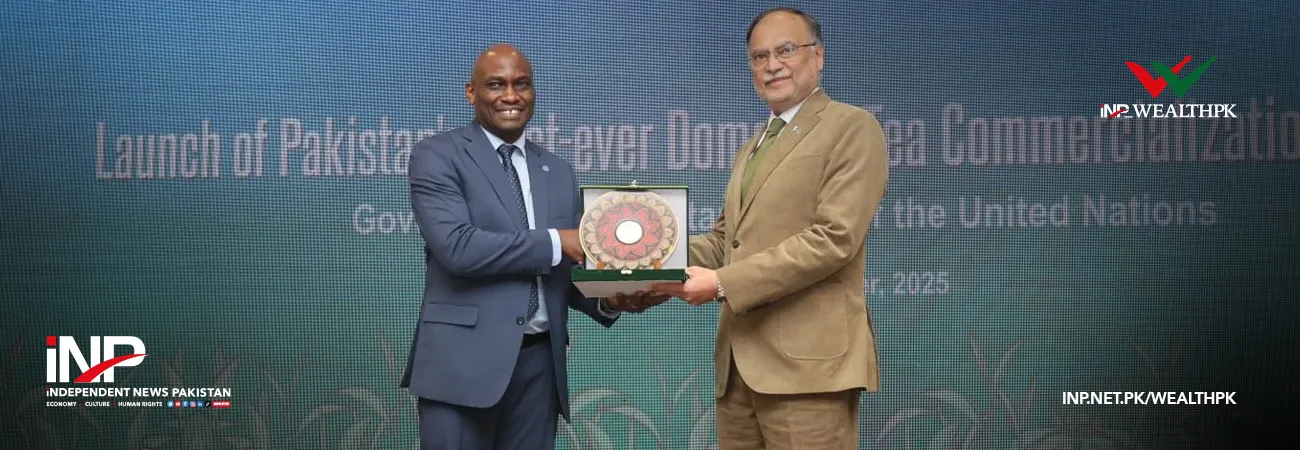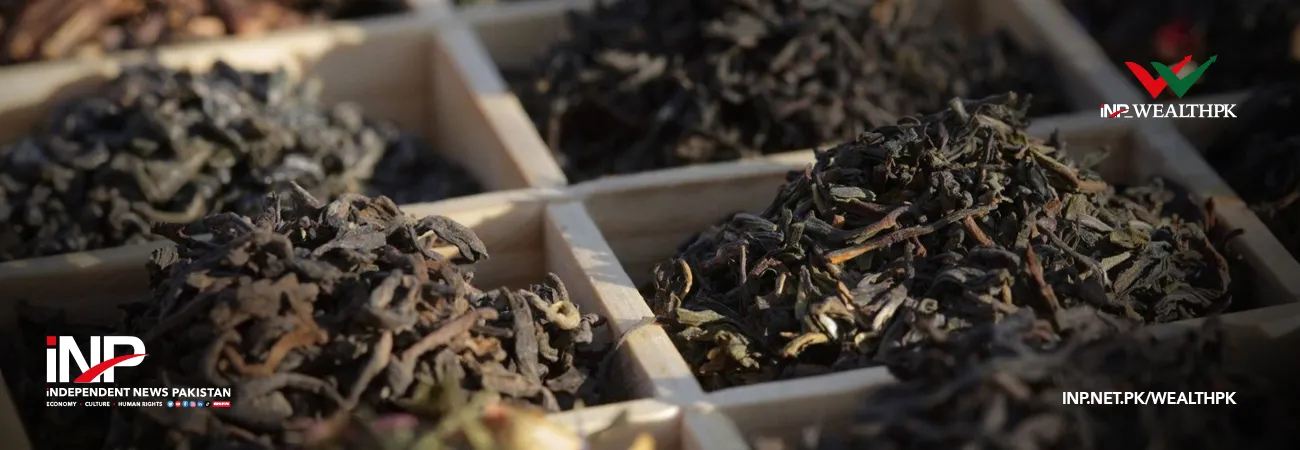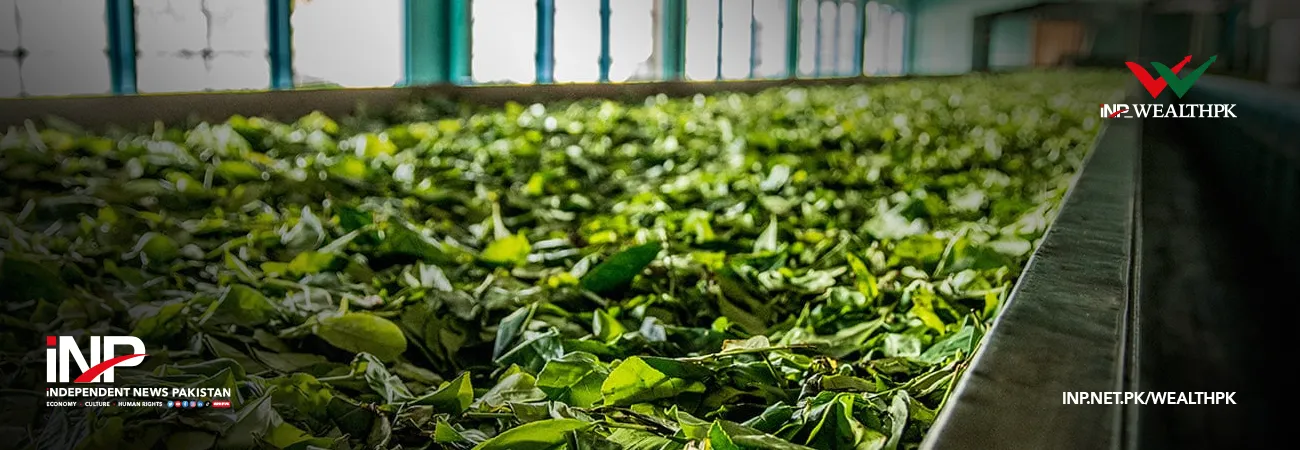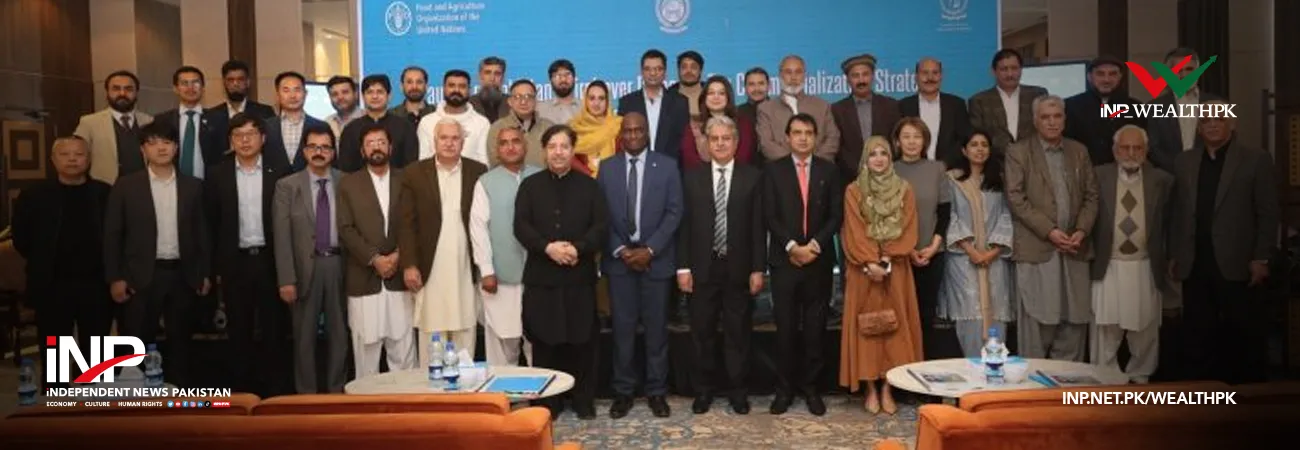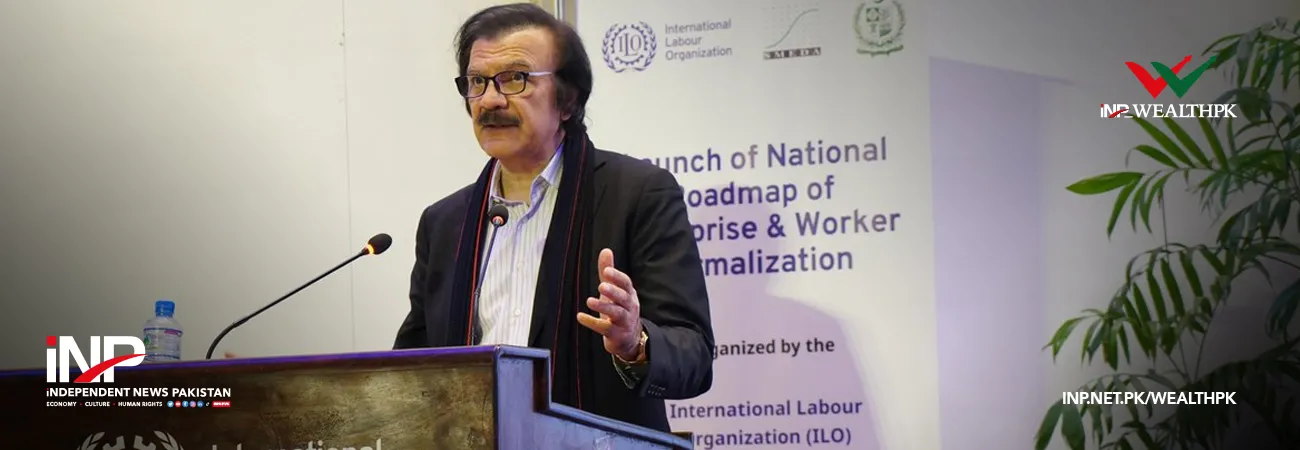INP-WealthPk
Ahmed Khan Malik
The Sindh government has recorded significant increase in its revenue collection during the last fiscal year, reflecting improved fiscal management, enhanced tax compliance, and structural reforms introduced across various sectors.

According to data released by the provincial Finance Department, Sindh’s total revenue surged by over 18% compared to the previous fiscal year, marking one of the most significant annual gains in recent years.
The total revenue collected stood at approximately Rs. 341 billion in the fiscal year 2024–25, up from Rs. 289 billion in the preceding year. This growth is attributed to increased receipts under both tax and non-tax heads, with a particularly strong performance from the Sindh Revenue Board (SRB), which surpassed its annual target for the fifth consecutive year.
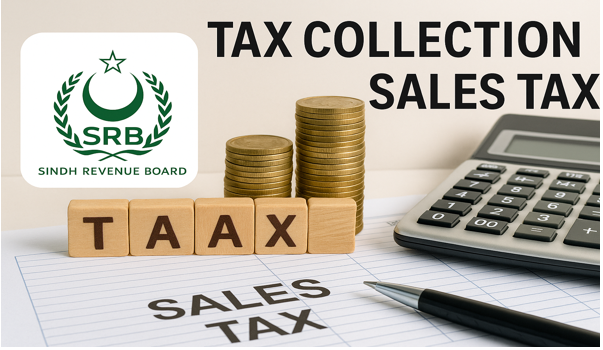
The SRB collected Rs. 210 billion during the fiscal year, achieving a year-on-year growth of 20%. This includes sales tax on services—a key component of Sindh’s revenue structure—which saw high compliance rates from the telecom, banking, and construction sectors. Officials cited better monitoring, digital invoicing, and public awareness campaigns as major contributors to this success.
Sindh’s Excise, Taxation and Narcotics Control Department also reported higher collections, especially in property and motor vehicle taxes. The department adopted automated systems for vehicle registration and property tax assessment, which helped plug revenue leakages and brought more taxpayers into the net.
Non-tax revenues, including royalties from natural resources, licensing fees, and income from public sector enterprises, also contributed significantly. The provincial government implemented reforms in the mining and energy sectors to ensure better pricing mechanisms and contract enforcement, leading to higher remittances.
Officials attributed the province’s robust revenue growth to sustained institutional reforms, capacity-building of tax officials, and increased coordination with the federal government. “Sindh is determined to become self-reliant and reduce dependency on federal transfers. This growth is a reflection of that commitment,” Nadir Khoso, Director of Finance Department, told WealthPK.
Economic analysts have praised Sindh’s performance, noting that enhanced provincial revenue mobilization is key to long-term fiscal sustainability. “With increasing pressure on the federal budget and the need for decentralization, provinces like Sindh stepping up their revenue generation efforts is a promising trend,” said Mukhatar Junejo, analyst at Sindh Industrial Forum.
However, he noted that challenges remained and warned that inflationary pressures, political instability, and resistance to taxation in certain sectors may dampen revenue momentum in the coming years. Furthermore, inter-provincial tax harmonization remains a critical issue, particularly as businesses operating across multiple provinces face different tax regimes.
Despite these concerns, he noted Sindh’s performance had set a positive precedent for other provinces. The government has expressed its intention to further widen the tax base and invest in technology-driven solutions to improve efficiency. He hoped that the momentum would be maintained—and that revenue gains would translate into better services, infrastructure, and public welfare initiatives across Sindh.
Credit: INP-WealthPk




